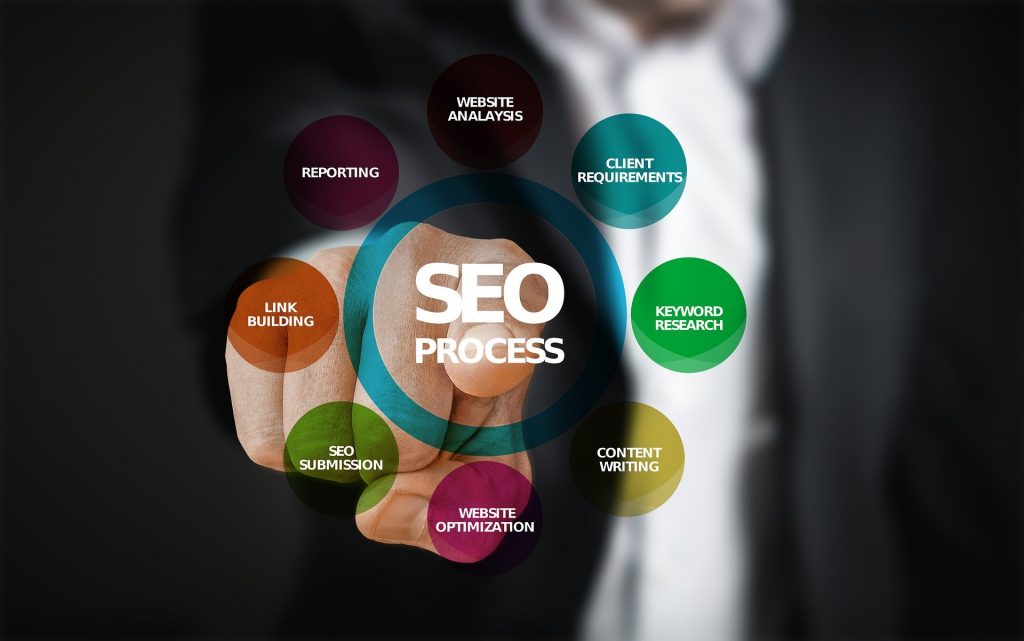| This site is reader-supported. If you click on some of our links, we may receive a commission at no cost to you. [Disclosure] |
Are you finally ready to tackle SEO and increase traffic to your site? In this article, we’ll cover what is SEO and how you can use it to increase traffic to your blog.
One of the best ways to do that is to optimize your site for search engines. By following these tips, you could easily add 1,000 or more visitors to your website in a month.
If you’ve done research on how to increase traffic to your website, you’ve probably seen everybody talking about “Improve your SEO” on your site. But what does that really mean? SEO stands for Search Engine Optimization. In other words, how easy it is for Google to find your website.
There are several different search engines out there. Some of them include Yahoo, Bing, and Yandex. However, 90% of searches are done on Google. So that’s usually what we’re talking about when we say search engines.
What Are Search Engines?
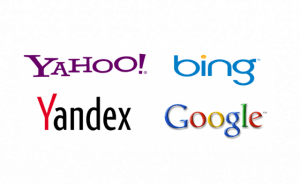
Basically, search engines just go out and scour the web to find pages and index them in their catalog.
It’s very similar to when you have a book and at the end of the book, you have an index where it tells you where everything was talked about and the location.
That’s pretty much Google and their indexing system.
Let’s take a look at an example. Now, this is a typical search page with results. You can see that these are ads.
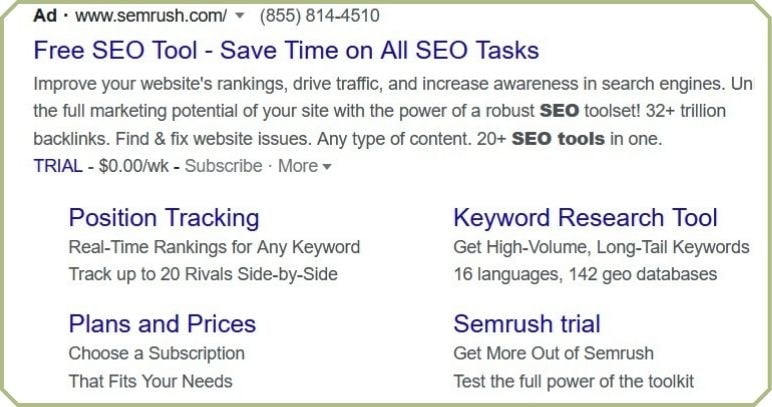
This is what’s known as a knowledge graph. What it’s doing is pulling in a result that might be further down on the page.
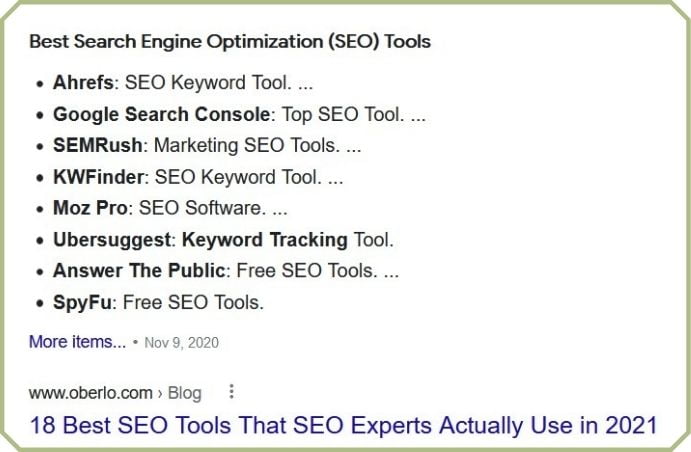
But since Google thinks it’s answering the query really well, it’ll get shown up here as well as down further on the page.
Then below all of that, you have organic results. Typically, they’re about ten organic results on one page.
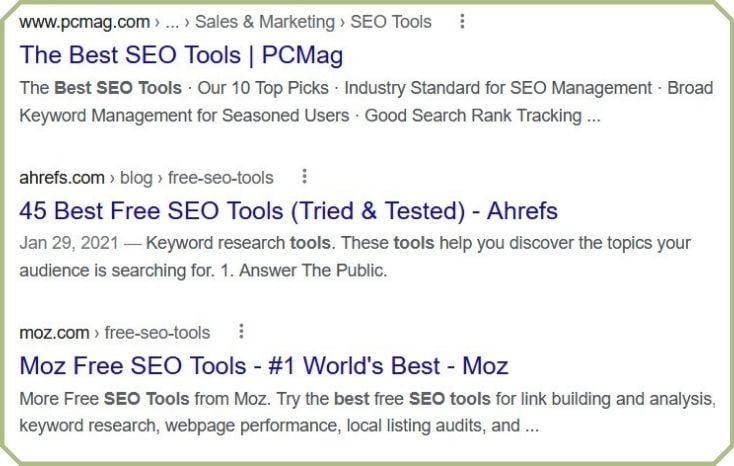
Organic listings simply mean that these results aren’t paid at all. They show up on Google because they’ve done a good job of telling Google that this page is about this particular query.
You can also see the ‘People Also Ask’ area. This simply shows the related searches that people will do on this topic. Fewer than ten percent of people will actually ever click on the next page.

If they don’t find what they’re looking for on the first page, they’ll simply adjust their search criteria. That’s why Google added in this ‘People Also Ask’ section.
Why is SEO Important
Here’s the biggest reason why SEO is so important for your website. The top three organic results get over 70% of all the clicks.
This first position usually gets the bulk of the clicks. Between 35% and 40%. The second will get between 15% and 20%. Then the third position will get around 10%. So that’s why it’s so important to make sure that your website is first on Google.
But how does Google even determine what should go on the first page? The biggest factor is relevancy. You want to make sure that your website is exactly what the person is looking for when they’re searching Google.
Increase Your Site Performance With PerfMatters
Google uses over 200 factors to determine what’s relevant in their algorithms and there’s no way that we’re going to be able to cover all of those. But if we can concentrate on a few, then we have a fighting chance to get seen in the search results.
In addition to relevance, you’ll also want to make sure that your site is useful. All that means is that when a user clicks on your site, the information that they’re looking for is easily found.
Think about the last time you did a search. If you went to a page that you thought had the answer, but you had a hard time finding it on the page, did you stick around? Most people will click back and go look for a different answer.
So make sure that your site is also useful and that you’ve arranged the answers for the topic in a meaningful way. Which makes it easier for readers to find what they’re looking for.
How To Get Your Website Found
On-Page SEO
There are two main ways that you can work on SEO on your website and they’re called on-page SEO and off-page SEO.
On-Page SEO is simply telling Google and the reader that you have everything that they’re looking for. You have all the indicators that they’re looking for. This just means you have all the right keywords on your site.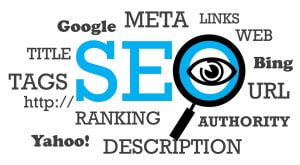
Bear in mind that on-page SEO is easier to deal with because most of the changes needed are within your control. For instance, if your site is about dog training, then you want to make sure that your site has the right keywords. They should be included in the title, in the body, and in the image descriptions.
It also means you have supporting keywords in it. Like dog training tips, dog potty training, dog training collars, and everything else that is related to that topic.
If you already have a website with some articles on it, then you may be just a few tweaks away from seeing significant results with your traffic. All without writing any new content.
Off-Page SEO
With Off-Page SEO it simply means that you are making sure that other websites are linking back to you. These are called backlinks. Off-Page SEO is a little bit more out of your control because you’re relying on other people to believe that your site is worthy of a link. But if you’re writing great content and networking with your industry or your topic area, then it shouldn’t be a problem.
You need to realize that as you go through this SEO process that search engine optimization does take time. And sometimes it can be a little frustrating when you’re not seeing the results fast. No one site does a flawless job of performing every single factor of search engine optimization.
Now that you know a little bit about what SEO is, and how it can improve traffic to your site, think about the things you can improve. Depending on the niche, when done properly, the results from your SEO efforts can last months or even years.
Source: Youtube

